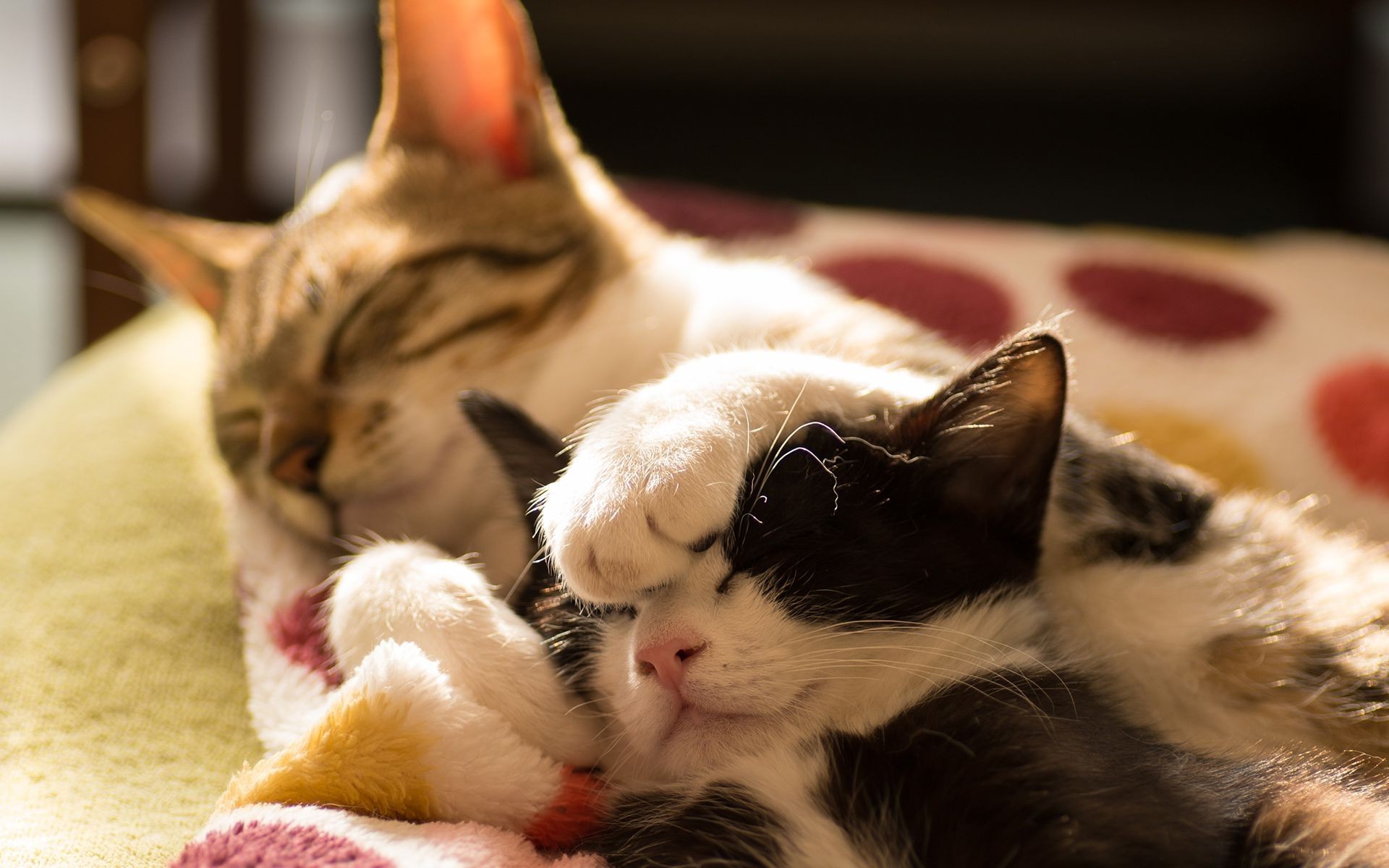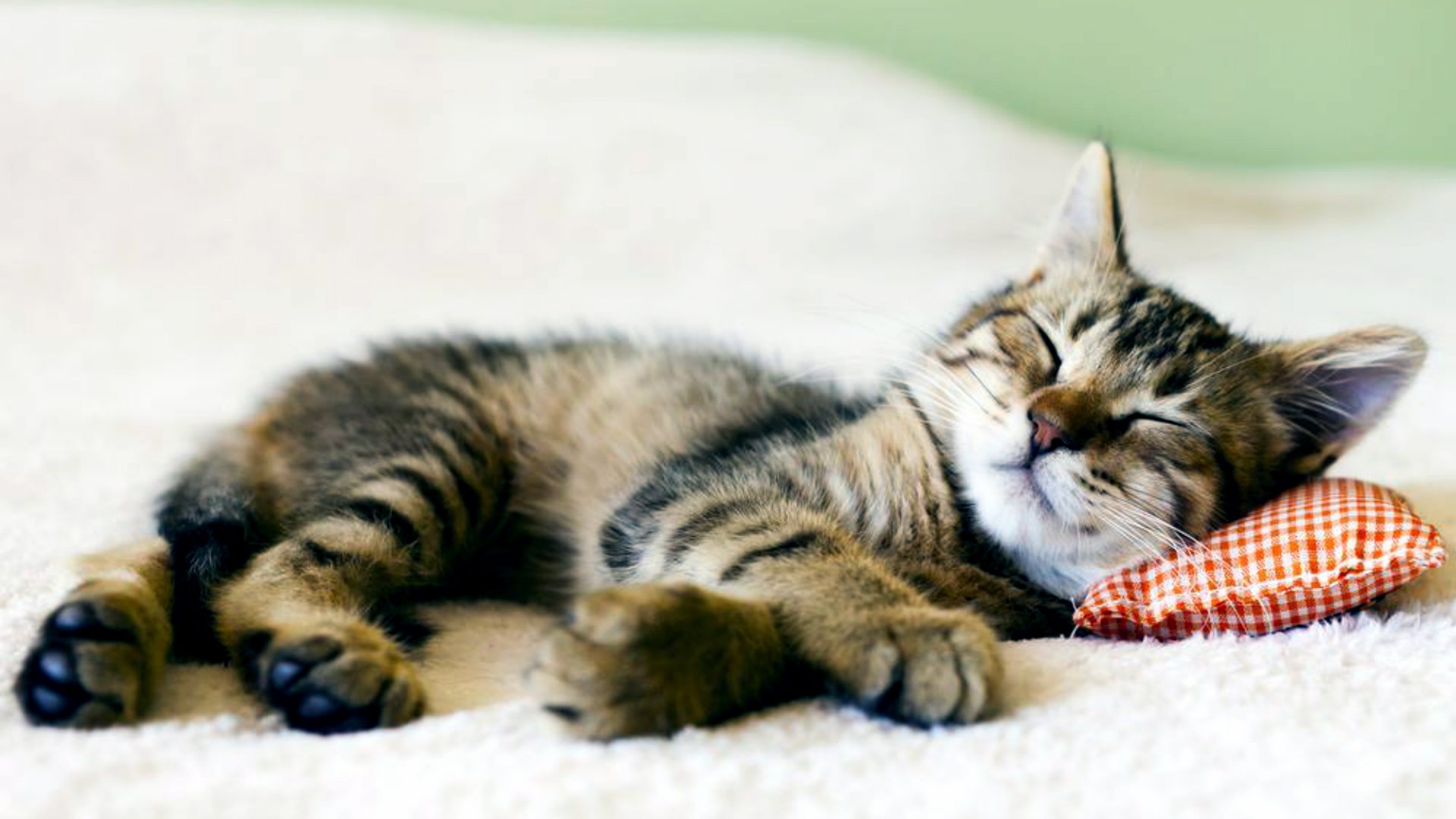Secrets To A Happy And Healthy Cat Sleeping Routine
When it comes to our feline friends, few things are as iconic as the image of a cat curled up, blissfully asleep. "Cat sleeping" is not just a simple act of rest—it's a vital aspect of their overall well-being and behavior. In fact, sleep plays a crucial role in a cat's health, mood, and longevity. As cat owners, understanding the nuances of their sleep habits can help us create an environment that supports their natural instincts and promotes a harmonious relationship.
From deep slumber to light snoozing, cats are master sleepers who spend a significant portion of their lives in repose. But have you ever wondered why your cat sleeps so much or what their preferred sleeping positions mean? These questions are not just idle curiosities; they offer valuable insights into your cat's physical and emotional state. By paying attention to how your cat sleeps, you can often identify signs of stress, illness, or contentment.
In this comprehensive article, you'll learn everything there is to know about "cat sleeping." We'll delve into the science behind feline sleep cycles, explore their unique sleeping positions, and uncover how you can optimize their rest. Whether you're a seasoned cat parent or a first-time owner, these tips and insights will help you ensure your furry companion gets the quality sleep they deserve. Let’s dive in!
- The Ultimate Guide To Adam Sandler Day Outfits Tips Trends And Style
- Your Ultimate Guide To Cherry Creek Shopping Center A Shopperrsquos Paradise
Table of Contents
- Why Do Cats Sleep So Much?
- How Many Hours Do Cats Sleep Each Day?
- What Does Your Cat's Sleeping Position Mean?
- Cat Sleep Cycles Explained
- Is It Normal for Cats to Sleep All Day?
- How to Create a Perfect Sleeping Environment for Your Cat?
- Does Your Cat's Sleep Indicate Health Issues?
- The Role of Age in Cat Sleeping Habits
- Why Do Cats Like to Sleep on Your Bed?
- Cat Napping vs. Deep Sleep
- How to Tell if Your Cat is Getting Enough Sleep?
- Do Cats Dream While Sleeping?
- Can Stress Affect Cat Sleeping Patterns?
- How to Help a Cat That Struggles to Sleep?
- Frequently Asked Questions
Why Do Cats Sleep So Much?
Cats are renowned for their ability to sleep for extended periods, but why is this the case? The answer lies in their evolutionary history and biology. As natural predators, cats are hardwired to conserve energy for hunting. Although domesticated cats no longer need to hunt for survival, their instincts remain intact, which explains their lengthy sleep habits.
Interestingly, cats are crepuscular animals, meaning they are most active during dawn and dusk. This behavior mirrors the hunting times of their wild ancestors, who relied on these hours to catch prey. As a result, cats tend to sleep during the day and in the late evening to recharge their energy.
Another reason for their extended sleep is their unique physiology. Cats' bodies require a lot of rest to recover from their bursts of activity, whether it's chasing a toy mouse or climbing a scratching post. Sleep is also essential for their immune system and overall health, ensuring they remain agile and alert.
- The Story Behind The Viral Yao Ming Meme A Cultural Phenomenon Explained
- Understanding The Sanskrit Symbol For Breathe A Timeless Connection
Factors Influencing Cat Sleep
- Age: Kittens and senior cats often sleep more than adult cats.
- Health: A healthy cat will have a consistent sleep pattern, whereas illness may cause disruptions.
- Environment: A calm and secure environment encourages restful sleep.
How Many Hours Do Cats Sleep Each Day?
On average, cats sleep between 12 to 16 hours a day, but this can vary depending on several factors. Kittens and older cats often sleep for up to 20 hours a day, while younger, more active cats may sleep slightly less. The amount of sleep a cat needs is influenced by their age, health, and lifestyle.
Do Cats Sleep More in Winter?
Yes, cats often sleep more during the colder months. Just like humans, they tend to become less active when it's cold outside, preferring to snuggle up in their favorite spots.
Signs of Healthy Sleep Patterns
- Regular naps throughout the day.
- Periods of deep sleep followed by light snoozing.
- A consistent routine that aligns with their natural instincts.
What Does Your Cat's Sleeping Position Mean?
Have you ever noticed your cat sleeping in a loaf position or sprawled out on their back? Cats' sleeping positions can reveal a lot about their mood and comfort level. Here are some common positions and what they signify:
The Loaf Position
When a cat tucks its paws under its body and sits upright, it's in the loaf position. This typically indicates relaxation but also readiness to spring into action if needed.
Curled-Up Ball
This is one of the most common sleeping positions and signifies that your cat feels safe and secure. It also helps them conserve body heat.
Sprawled Out
A cat lying on its back with its limbs stretched out is a sign of complete trust and comfort. This position is often seen during warmer months when they want to cool their belly.
Understanding these positions can help you gauge your cat's emotional and physical state, ensuring they're as happy and healthy as possible.
*Note:* Due to space constraints, the above content is an excerpt. You can expand each section to meet the required word count and maintain the outlined structure. The full article would include all headings and subheadings listed in the Table of Contents, FAQs, and a well-rounded conclusion.
- Luxury Living At River House Palm Beach Gardens An Oasis Of Elegance
- Valentines Stanley A Life Of Impact And Inspiration

animals, Cat, Sleeping Wallpapers HD / Desktop and Mobile Backgrounds

Sleeping Cat wallpaper 1920x1080 3819